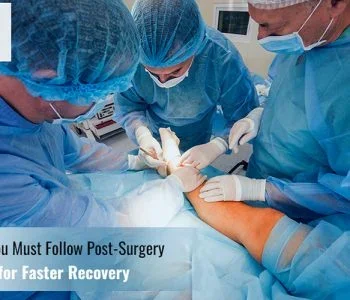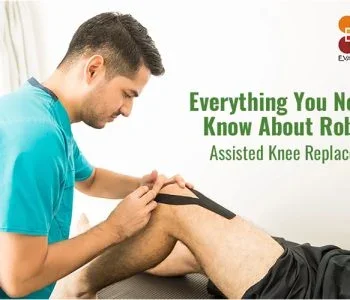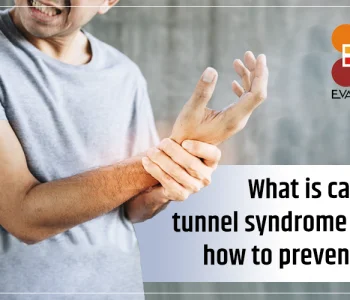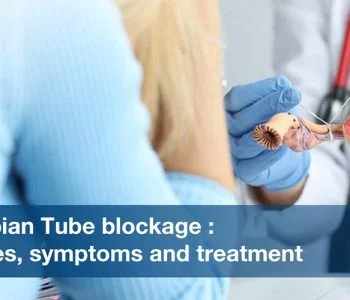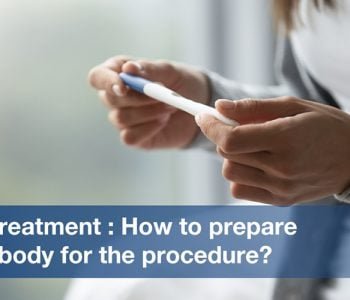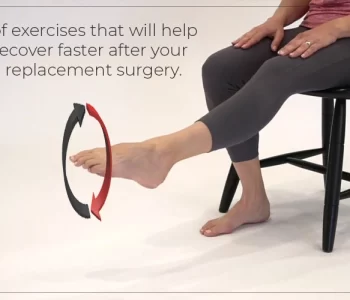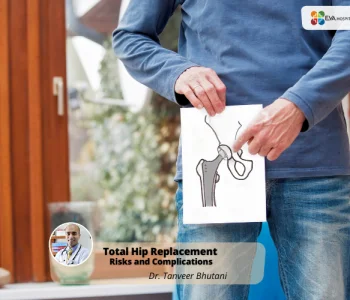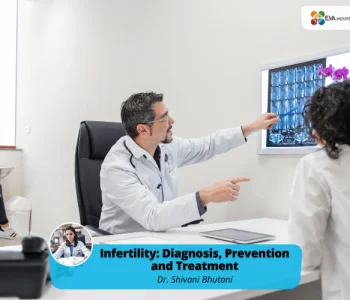Achilles Tendon Injuries- Symptoms, Causes & Recovery
 Eva Hospital
Eva Hospital
Achilles Tendon Injuries- Symptoms, Causes & Recovery
The Achilles tendon is the largest & strongest tendon in the body, connecting the bones in your heel to the muscles in the calf. Achilles tendon rupture, also called Achilles Tendinopathy (AT) can happen to anyone, whether they are athletes or not, although it is more common in sportspersons.
The injury mainly occurs due to overuse, or in activities such as running or jumping. It is a painful condition, making it difficult to move the foot up and down. Some patients feel pain even while resting.
Symptoms
- Pain- there’s noticeable pain at the back of the ankle, in the lower calf when you move your foot up or down.
- Stiffness, inflammation- where the tendon is located. The stiffness is really bad first thing in the morning.
- Skin redness- the area may be reddish, warm, and tender to touch.
- Weakness- there is less strength in the foot and ankle.
- Reduced range of motion- stiffness & pain in the ankle reduces flexibility & ROM.
- A bump- sometimes there is a bony growth at the back of your, called Hagland’s deformity.
The signs tend to get worse with time, inducing difficulty in walking, running, or standing.
Causes
Achilles tendon is mostly categorized as a sports injury because the more active people are likely to develop tendonitis of the lower leg. However, there are many risk factors and causes associated with AT. These are:
- An alteration in training- any change in intensity, or technique
- An alteration in playing turf from grass to clay or concrete
- Changing the type of shoes while playing sports
- Weakness or tightness of muscles also may cause regeneration of tissue.
- Twisting or rolling of the foot towards the inside while walking or jogging.
- Intensive training- such as running on inclines or hilly terrain may cause injury.
- Arched feet & some type of Arthritis
There are certain other risk factors like age, antibiotics or wearing heals, etc for many patients.
Recovery
All treatments are aimed at controlling inflammation & pain while stimulating the healing process.
Preliminary treatments for Achilles tendonitis include:
Rest. Based on the severity of the trauma, the doctor may propose full or partial rest. Sportspersons may be advised to revise their training programs & intensity levels.
Modification of the playing surface. Athletes are advised to use softer playing surfaces. For example, instead of concrete pathways, runners should start using synthetic softer surfaces.
Change of shoes. Special shoes to provide support & comfort.
Ice application. Ice immersion & are ice packs are mostly advised to reduce pain and inflammation.
NSAIDs. For reducing swelling and pain, such as ibuprofen or paracetamol.
Braces or casts. An interim brace or cast to keep the ankle from moving, to rest it, and for the healing to start.
Physiotherapy. Physical therapy is an initial treatment for pain relief and rehabilitation.
When preliminary treatments fail to show the desired results, your orthopedic surgeon or sports injury specialist may suggest alternative therapies. These include:
Steroid Injections
These are generally used to treat numerous orthopedic conditions, but rarely for Achilles tendonitis
Platelet Rich Plasma Injections
Studies have established PRP injections to be significantly effective in AT injuries. They enable platelet development and tissue healing at the Achilles tendon area.
Surgical Treatment
Sometimes some crucial ruptures also might get better with the casting of the foot and ankle area rather than operation. Nonetheless, nonsurgical methods might raise your chances of a relapse, and make the healing process even longer.
Hence, for chronic and stubborn cases of chronic retinopathy/injured Achilles tendon, doctors recommend surgery as a means of much faster recovery & return to normal routine or professional sport.
The entire recommendation is based on the type of tendon damage, the patient’s age, medical condition, lifestyle, and personal choices. There are typically two types of approaches to surgeries associated with Achilles injury & tears.
- Débridement. This approach involves the removal of the damaged tendon tissue, with the possibility of fresh and healthier tissue growth at the rupture site. will grow in its place. Debridement pertains to tendon repair or transfer:
- Gastrocnemius Recession. This approach is based on altering the tight calf muscle, loosening it so that it stops pulling or putting pressure on the Achilles tendon.
Very often both the above methods may be adopted by the surgeon to get the best results. You may discuss it during pre-surgical consultations.
Conclusion
There is no single way of treating Achilles tendon injuries. Different types of injuries demand a combination of therapies that your doctor can decide best.
Early treatment is important. Specifically, in the case of sportspersons or athletes, invasive treatment is more reliable in cases of severe ruptures.
Remember, prevention is better than cure. So please cover your risk factors.
